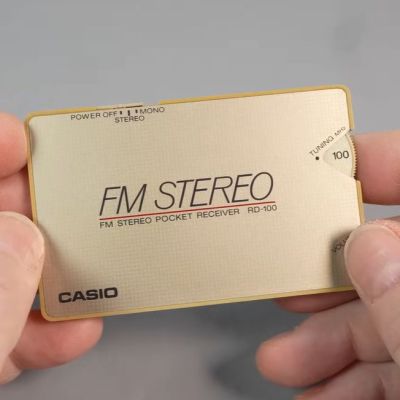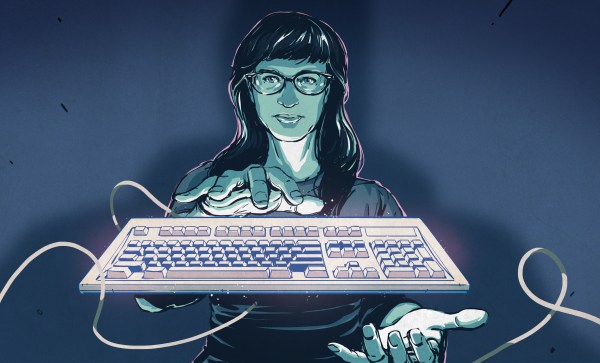There is likely to be more than one of you who has eyed up a child’s toy synthesizer in a second hand store, and considered making something more impressive with it. In many cases these instruments are underwhelming, having a very small subset of functions based into their black-epoxy-blob microcontrollers.
[Make Something] found a Casio toy synth that has a few more functions than the average model, and with the addition of some extra effects electronics and a beautifully made case, turned it into an altogether more interesting instrument.
Most of the video has an element of workshop porn about it, as he makes a very nice Moog-style console case for it, a task made easier by an impressive array of CNC tools. The electronics are slightly more interesting, being a selection of cheap guitar pedals gutted and combined with a cheap tube preamp board. The result is a machine capable of some far more interesting sounds
We think many Hackaday readers would be able to repeat these functions from scratch without the pedals, and while the case is a thing of beauty it’s likely a decent job could be done with a little less finesse on more commonplace tools. Perhaps it’s worth giving those toy synths a second look, because they really can be had for pennies if you look hard enough. Perhaps it’s an easier option than a previous toy musical upgrade.



















